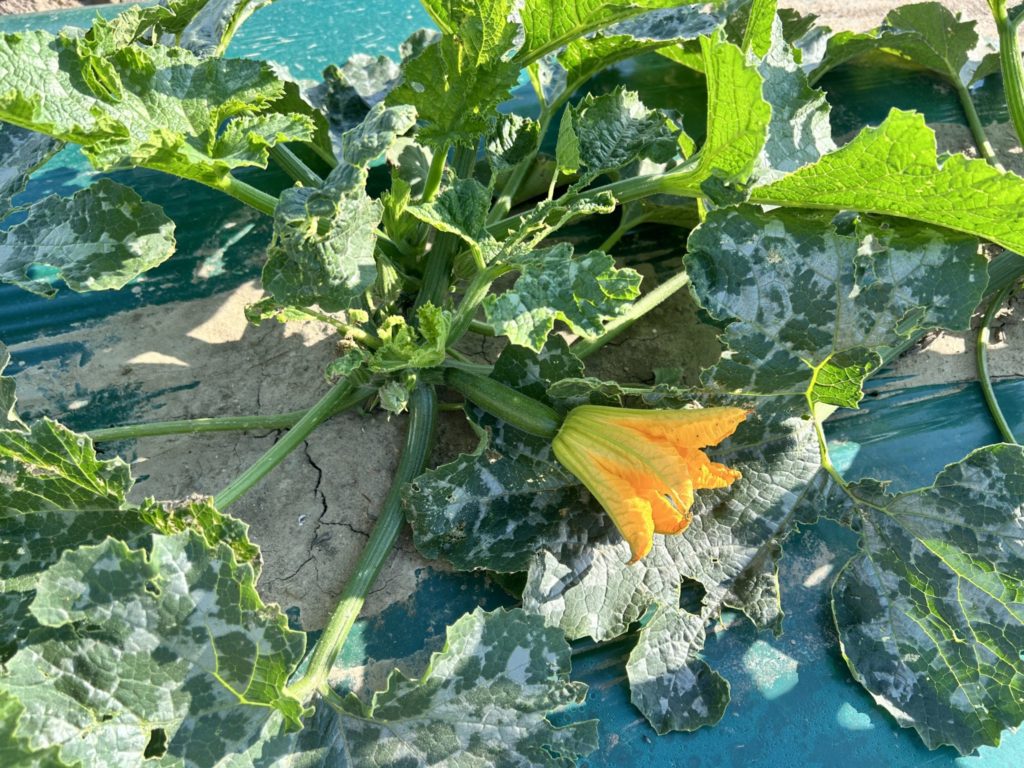The Difference Between a Male and Female Flower On the Zucchini Plant
Late June means your garden is likely overflowing with summer squash. If you’ve grown zucchini before, you know how prolific these plants can be. One zucchini plant can produce an overwhelming number of zucchinis. Understanding the difference between male and female zucchini flowers can help you manage your garden more effectively. In this guide, we’ll explain how to distinguish between the two and why it’s important for your garden’s productivity.
Understanding Zucchini Flower Development
Every zucchini starts from a flower that needs to be fertilized. Once fertilized, a zucchini begins to grow behind the flower, which eventually fades and dies off. However, not every flower turns into a zucchini, and the reason lies in the plant’s reproductive structure. Zucchini plants produce both male and female flowers in a set pattern: three male flowers followed by one female flower. Only the female flowers will develop into zucchinis.

See the zucchini forming on the backside of
Identifying Male and Female Zucchini Flowers
Male Flowers:
- Stem: Male flowers have a simple, straight stem behind the flower.
- Structure: Inside the male flower, you’ll find a stamen, which contains the pollen.
Female Flowers:
- Ovary: Female flowers have a bulbous ovary behind the flower that resembles a small zucchini.
- Structure: Inside the female flower, you’ll find a stigma, which receives the pollen.
When these flowers open, pollinators are attracted to the bright yellow color, transferring pollen from the male to the female flowers.
The Pollination Process
For fertilization to occur, both male and female flowers must be open simultaneously. To increase the odds of fertilization, nature provides three male flowers for every female. If a female flower is pollinated, it will grow into a zucchini, while the male flowers die off. Some other squash varieties have flowers containing both male and female parts, but zucchini relies on separate male and female flowers for reproduction.
Plant sex! Isn’t it amazing?
